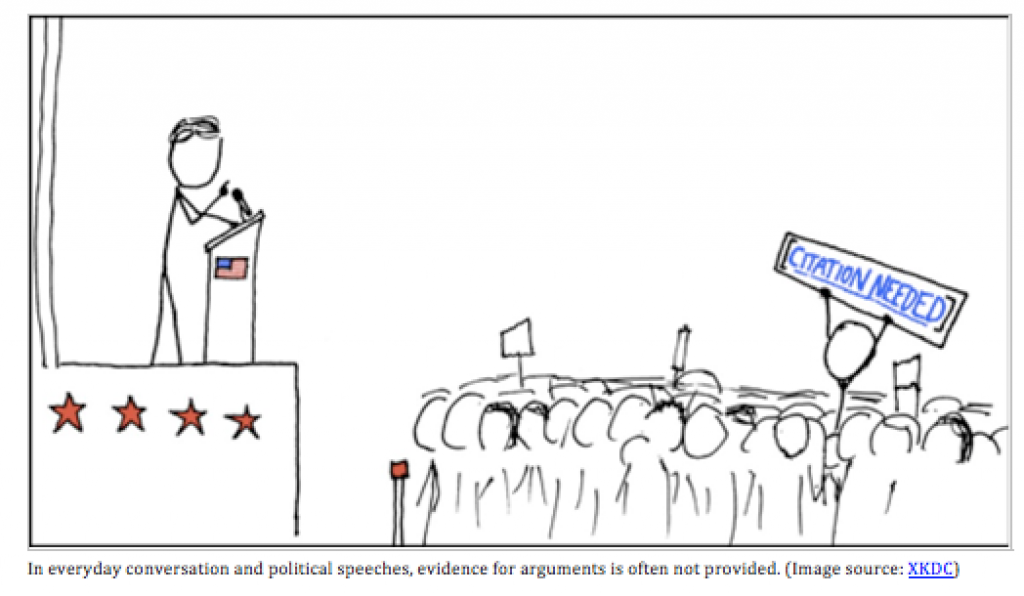11.1: Workplace vs. Academic Citation
In this chapter, we discuss how to use sources ethically, analyze them, and combine them into an effective argument — but let’s start with a note about the difference between workplace citation and academic citation.
At work, you may often find yourself using your colleague’s words without crediting them. For example, your boss might ask you to write a grant application using text from previous grant applications. Many people might work on the same document or you might update a document written by someone else.
At work, your employer usually owns the writing you produce, so workplace writing often doesn’t cite individual authors (though contributors are usually named in an Acknowledgements section if it’s a large project/report). That does not mean that you should take credit for someone else’s work. However, generally speaking, a lot of sharing and remixing happens within an organization.
For example, say that you work in HR and have been asked to launch a search for a new IT manager. You might use a template to design the job posting or update copy of the ad you posted the last time you hired someone for this role. No one would expect you to come up with an entirely new job posting just because it was originally written by someone who has left the company, or to cite that former employee in the new job ad.
However, if you use research from, say, academic articles, interviews with experts, etc. in a workplace report, you are expected to cite such materials by using whatever formal citation style your company requires. Citation is not only an ethical practice but also a great persuasive strategy — you build your credibility and support the validity of your claims when you cite from reliable research sources. The citation practices you learn in school will therefore serve you well in the workplace.
In college, every sequence of three or more words taken from a source has to appear between quotation marks. If it does not, you risk being accused of plagiarism. Assimilating all the content taught in this chapter and following all the rules will help you to avoid any inaccurate unethical use of sources.

Image Description
Figure 11.1 image description: In this XKCD comic, a stick figure is talking into a podium that has an American flag on it and is decorated with stars. A stick figure in the crowd holds up a sign that says ‘citation needed.’ [Return to Figure 11.1]

